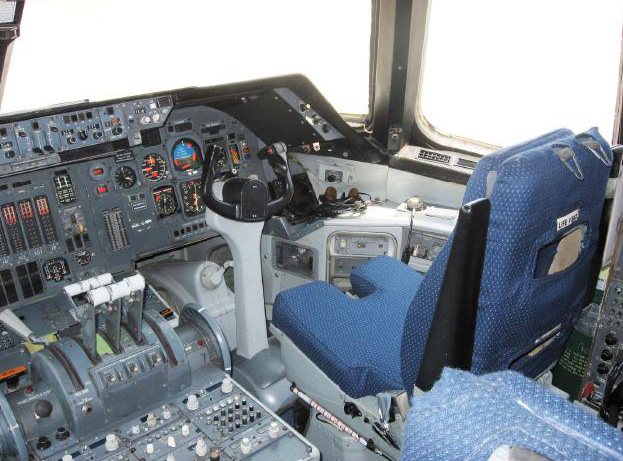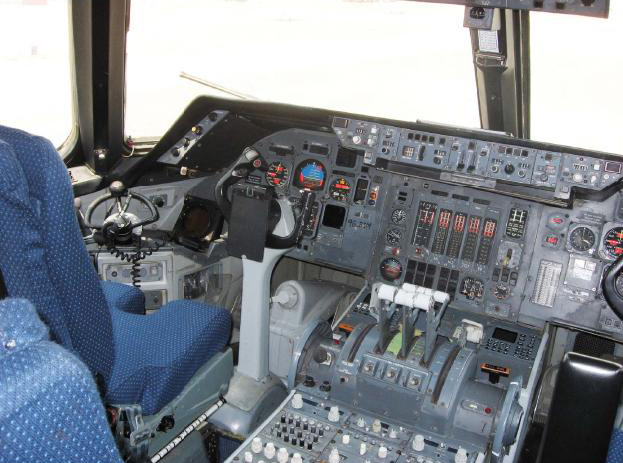





Maximum Range: 11,279 km (7,008 mi)
Typical Cruise Speed: 972 km/h (604 mph)
DIMENSIONS:
Wing Span: 50.09 m
Overall Length: 50.05 m
Tail Height: 16.87 m
Interior Cabin Width: 5,77 m
The Lockheed L-1011 TriStar, commonly referred to as the L-1011 (pronounced “L-ten-eleven”) or TriStar, is a medium-to-long-range, wide-body trijet airliner. It was the third widebody airliner to enter commercial operations, after the Boeing 747 and the McDonnell Douglas DC-10. The aircraft has a seating capacity of up to 400 passengers and a range of over 4,000 nautical miles (7,410 km). Its trijet configuration places one Rolls-Royce RB211 engine under each wing, with a third, center-mounted RB211 engine with an S-duct air inlet embedded in the tail and the upper fuselage. The aircraft has an autoland capability, an automated descent control system, and available lower deck galley and lounge facilities.
The L-1011 featured a highly advanced autopilot system and was the first widebody to receive FAA certification for Cat-IIIc autolanding, which approved the TriStar for completely blind landings in zero-visibility weather performed by the aircraft’s autopilot. The L-1011 used an Inertial Navigation System (INS) to navigate; this included aligning the navigation system by entering current coordinates of longitude and latitude.
It also had a unique Direct Lift Control (DLC) system, which allowed for smooth approaches when landing, without having to use significant pitch changes while on the approach path. DLC helps maintain the descending glideslope on final approach by automatically deploying spoiler panels on the wings. Thus, rather than maintaining the descent by adjusting pitch, DLC helps control the descent while maintaining a more consistent pitch angle, using four redundant hydraulic systems. Production also utilized a unique “autoclave” system for bonding fuselage panels together; this made the L-1011 extremely resistant to corrosion.